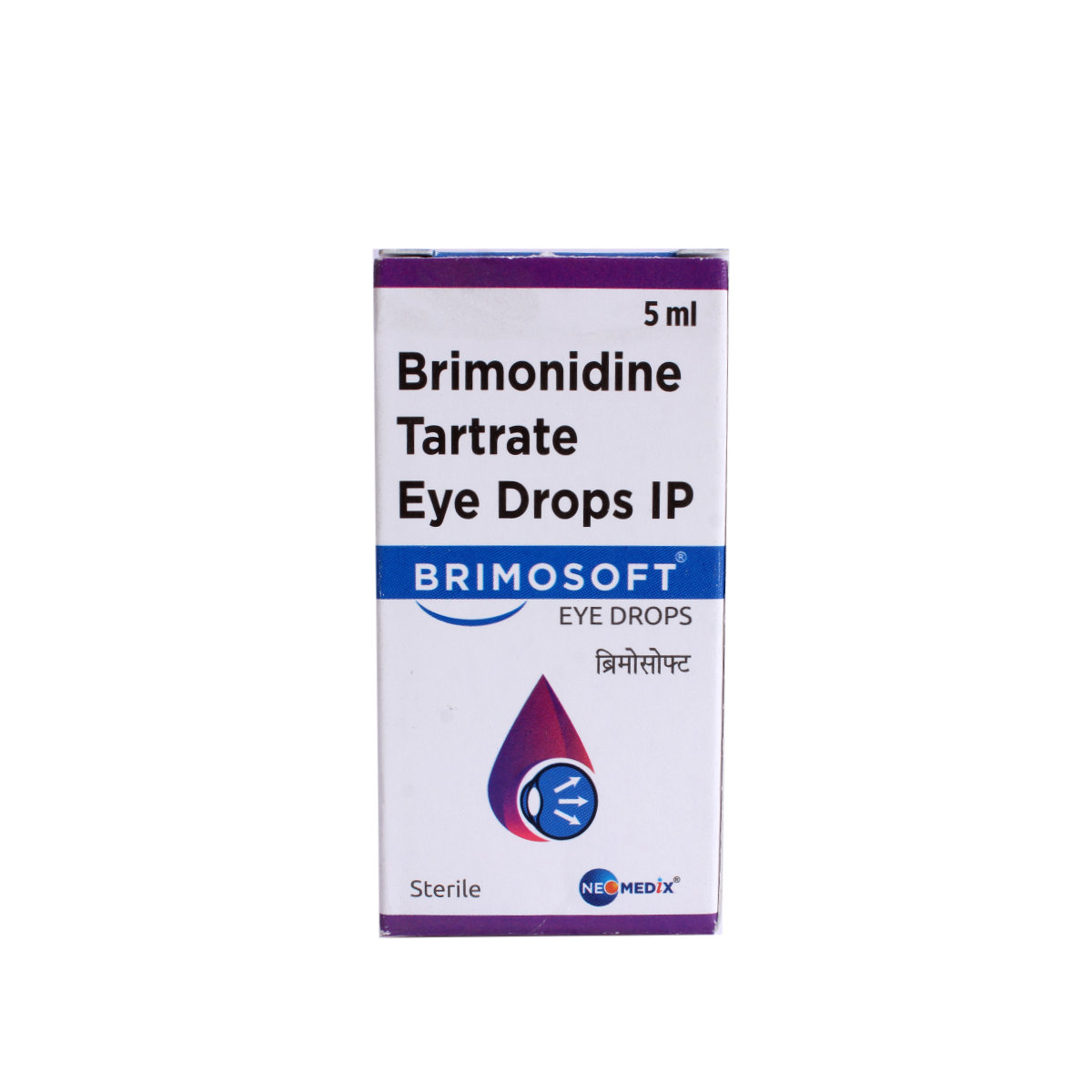Bidin-LS Eye Drops

MRP ₹271.5
(Inclusive of all Taxes)
₹40.7 Cashback (15%)
know your delivery time
Provide Delivery Location
Composition :
Manufacturer/Marketer :
Consume Type :
Expires on or after :
Return Policy :
Selected Pack Size:10 ml
10 ml ₹244.4
(₹24.44 per ml)
In Stock
5 ml ₹244.4
(₹48.88 per ml)
In Stock

Secure Payment

Trusted by 8 Crore Indians

Genuine Products
Therapeutic Class
Country of origin
Manufacturer/Marketer address
Disclaimer
Alcohol
Safe if prescribed
Avoid alcohol consumption while using Bidin-LS Eye Drops as it might cause increased drowsiness.
Pregnancy
Consult your doctor
Please consult a doctor if you are pregnant. Bidin-LS Eye Drops is given to a pregnant woman only if the doctor thinks the benefits outweigh the risks.
Breast Feeding
Consult your doctor
Bidin-LS Eye Drops should not be used if you are breastfeeding as it may harm the baby.
Driving
Safe if prescribed
Bidin-LS Eye Drops may cause blurred or abnormal vision, which can be worse at night time. So, do not drive or use machinery which requires concentration until you feel better.
Liver
Consult your doctor
If you have any concerns regarding the use of Bidin-LS Eye Drops in patients with liver problems, please consult a doctor.
Kidney
Consult your doctor
If you have any concerns regarding the use of Bidin-LS Eye Drops in patients with kidney problems, please consult a doctor.
Children
Safe if prescribed
Bidin-LS Eye Drops is not recommended for use in children below 17 years as limited clinical studies are available.
Product Substitutes
About Bidin-LS Eye Drops
Bidin-LS Eye Drops belongs to the class of alpha-adrenergic agonists, used alone or in combination with other medicines to lower increased eye pressure in conditions such as ocular hypertension and glaucoma. Glaucoma is an eye disease in which the optic nerve is damaged. This damaged nerve leads to an increase in eye pressure abnormally and can lead to permanent vision loss.
Bidin-LS Eye Drops contains Brimonidine that works by decreasing the production of aqueous humour (fluid in the eye). Thereby, Bidin-LS Eye Drops helps in reducing eye pressure.
Bidin-LS Eye Drops is for ophthalmic use only. In some cases, Bidin-LS Eye Drops may cause common side effects such as watery eyes, irritation, abnormal taste, and abnormal vision. Most of these side effects of Bidin-LS Eye Drops are temporary, do not require medical attention, and gradually resolve over time. However, if the side effects are persistent, reach out to your doctor.
You are not recommended to stop using Bidin-LS Eye Drops abruptly as it may increase eye pressure. Bidin-LS Eye Drops is not recommended for children below 17 years as safety has not been established. Avoid alcohol consumption while using Bidin-LS Eye Drops. Consult your doctor if you are pregnant or planning for pregnancy before starting Bidin-LS Eye Drops. Bidin-LS Eye Drops may cause drowsiness, blurred vision or abnormal vision, so drive only if you are alert.
Uses of Bidin-LS Eye Drops
Medicinal Benefits Mweb
Key Benefits
Bidin-LS Eye Drops contains Brimonidone which is primarily used in treating increased pressure of the eye in conditions such as glaucoma and ocular hypertension. Bidin-LS Eye Drops works by decreasing the production of aqueous humour (fluid in the eye) and reducing eye pressure.
Directions for Use
Side Effects of Bidin-LS Eye Drops
- Watery eyes
- Irritation
- Itchy eyes
- Abnormal vision
Drug Warnings
Do not use Bidin-LS Eye Drops if you are allergic to any of its ingredients, if you are taking tricyclic antidepressants or monoamine oxidase inhibitors (MAOIs), or if you are breastfeeding. Inform your doctor if you have/had depression, heart problems, light-headedness, reduced mental capacity, lowered blood supply to the brain, blood vessel disease, poor blood circulation problems, or liver/kidney problems. Bidin-LS Eye Drops is not recommended for children below 17years as the safety has not been established. Avoid alcohol consumption while using Bidin-LS Eye Drops. Consult your doctor if you are pregnant or planning for pregnancy before starting Bidin-LS Eye Drops. Bidin-LS Eye Drops may cause drowsiness, blurred vision or abnormal vision, so drive only if you are alert.
Drug-Drug Interactions
Drug-Drug Interactions
Login/Sign Up
Bidin-LS Eye Drops 10 ml may be absorbed into the bloodstream and occasionally produce central nervous system side effects such as dizziness, drowsiness, and difficulty concentrating. Concomitant use of brivaracetam with Bidin-LS Eye Drops 10 ml may increase the risk of these side effects.
How to manage the interaction:
Although there is an interaction brivaracetam can be taken with Bidin-LS Eye Drops 10 ml if prescribed by the doctor. Consult the prescriber if you notice dizziness, drowsiness, and difficulty concentrating.
Drug-Food Interactions
Drug-Food Interactions
Login/Sign Up
Drug-Diseases Interactions
Drug-Diseases Interactions
Login/Sign Up
Drug-Drug Interactions Checker List
- ISOCARBOXAZID
- PHENELZINE
- SELEGILINE
- AMITRIPTYLINE
- CLOMIPRAMINE
- DOXEPIN
- IMIPRAMINE
- NORTRIPTYLINE
- PHENOBARBITAL
- DIGOXIN
- CHLORPROMAZINE
- METHYLPHENIDATE
- RESERPINE
- METOPROLOL
- ATORVASTATIN
- FUROSEMIDE
- TRANYLCYPROMINE
- DESIPRAMINE
- AMOXAPINE
- PROTRIPTYLINE
- TRIMIPRAMINE
- SECOBARBITAL
Habit Forming
Diet & Lifestyle Advise
- Avoid intake of baked foods such as cakes, cookies, doughnuts, or fried items such as French fries and stick margarine as these foods may worsen glaucoma and damage optic nerve.
- Cut down your coffee intake as it may increase pressure in the eye. Replace coffee with green tea.
- Avoid exercises such as any position where the head is lower than the body as an inverted yoga pose, as it may increase pressure in the eye. Doing selective exercises is advised for glaucoma patients.
All Substitutes & Brand Comparisons
RX
Out of StockBrimodin LS Eye Drops 5 ml
Cipla Ltd
₹163
(₹29.34/ 1ml)
20% COSTLIERRX
Out of StockBmd Eye Drop
Vee Remedies
₹185.6
(₹33.41/ 1ml)
36% COSTLIERRX
Brimosoft Eye Drop 5 ml
Neomedix Healthcare India Pvt Ltd
₹210.5
(₹37.9/ 1ml)
55% COSTLIER

Have a query?
Buy best Ocular products by
Entod Pharmaceuticals Ltd
Ajanta Pharma Ltd
Sunways (India) Pvt Ltd
Sun Pharmaceutical Industries Ltd
Cipla Ltd
Micro Labs Ltd
Allergan Healthcare India Pvt Ltd
Intas Pharmaceuticals Ltd
Raymed Pharmaceuticals Ltd
Nri Vision Care India Ltd
FDC Ltd
Jawa Pharmaceuticals India Pvt Ltd
Indoco Remedies Ltd
Sapient Laboratories Pvt Ltd
Senses Pharmaceuticals Pvt Ltd
Centaur Pharmaceuticals Pvt Ltd
Neomedix Healthcare India Pvt Ltd
Aromed Pharmaceuticals
Optho Remedies Pvt Ltd
Aurolab
Austrak Pvt Ltd
Lupin Ltd
Mankind Pharma Pvt Ltd
Zivira Labs Pvt Ltd
Optho Pharma Pvt Ltd
Synovia Life Sciences Pvt Ltd
Akumentis Healthcare Ltd
Eyekare
His Eyeness Ophthalmics Pvt Ltd
Protech Remedies Pvt Ltd
Runyon Pharmaceutical Pvt Ltd
Alcon Laboratories Inc
Syntho Pharmaceuticals Pvt Ltd
Alembic Pharmaceuticals Ltd
Bell Pharma Pvt Ltd
Klar Sehen Pvt Ltd
Sentiss Pharma Pvt Ltd
Irx Pharmaceuticals Pvt Ltd
Optho Life Sciences Pvt Ltd
Phoenix Remedies Pvt Ltd
Alkem Laboratories Ltd
Doctor Wonder Pvt Ltd
Hicare Pharma
Ipca Laboratories Ltd
Neon Laboratories Ltd
Okulus Drugs India
Pharmtak Ophthalmics (I) Pvt Ltd
Berry & Herbs Pharma Pvt Ltd
Glow Vision Pharmaceuticals
Kaizen Drugs Pvt Ltd
Choroid Laboratories Pvt Ltd
Indiana Opthalamics Pvt Ltd
Optica Pharmaceutical Pvt Ltd
Pharmatak Opthalmics India Pvt Ltd
Samarth Life Sciences Pvt Ltd
Vibgyor Vision Care
Mofon Drugs
Novartis India Ltd
Pharmia Biogenesis Pvt Ltd
Zydus Cadila
Appasamy Ocular Devices Pvt Ltd
Leeford Healthcare Ltd
Medivision Pharma Pvt Ltd
Orbit Life Science Pvt Ltd
X-Med Royal Pharma Pvt Ltd
Zee Laboratories Ltd
Aarma Laboratories
Guerison MS Inc
Laborate Pharmaceuticals India Ltd
Xtas Pharmaceuticals
Accurex Biomedical Pvt Ltd
Blucrab Pharma Pvt Ltd
Does Health Systems Pvt Ltd
Flagship Biotech International Pvt Ltd
Lavue Pharmaceuticals Pvt Ltd
Nutrilis Healthcare Pvt Ltd
Ursa Pharm India Pvt Ltd
Vee Remedies
Vyonics Health Care India Pvt Ltd
Warren Pharmaceuticals Pvt Ltd
Abbott India Ltd
Accvus Pharmaceuticals
Akums Drugs & Pharmaceuticals Ltd
Cadila Healthcare Ltd
Carevision Pharmaceuticals Pvt Ltd
Dey's Medical Stores (Mfg) Ltd
East West Pharma India Pvt Ltd
Eyedea Pharmaceuticals Pvt Ltd
Nimbus Healthcare Pvt Ltd
Ocuris Pharmaceuticals Pvt Ltd
Sherings Pharmaceuticals
Tarks Pharmaceuticals Pvt Ltd
Vcan Biotech
Vision Medilink
Aice Health Care Pvt Ltd
Appasamy Pharmaceuticals Pvt Ltd
Asperia Lifescience Pvt Ltd
Beatum Healthcare Pvt Ltd
East India Pharmaceutical Works Ltd
Grevis Pharmaceutical Pvt Ltd





